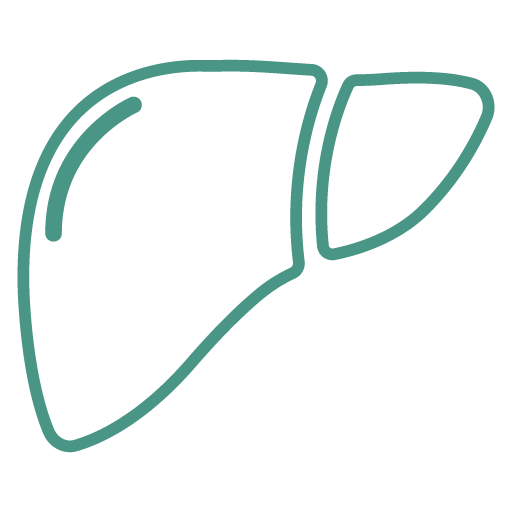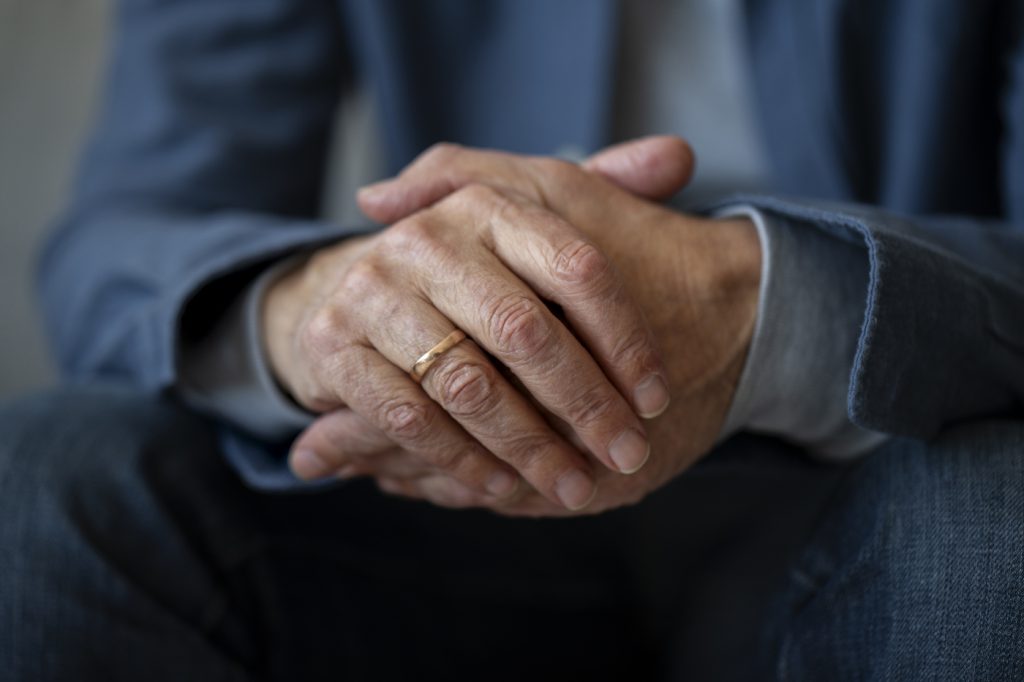Dr. Myriam Cecchi – Specialist in foot surgery – Columbus Clinic Center
What are bunions?
A bunion is a very common deformity of the forefoot that mainly affects women. It’s the result of a progressive deviation of the big toe causing a protuberance on the outside of the foot. This lump rubs against the inside of your shoe and becomes red and inflamed. The inflammation can result in blisters which are painful and make it difficult to walk. If the inflammation worsens, you can get ulcers on the skin and in soft tissue, causing infection and, at more advanced stages, exposing the bone underneath. It becomes increasingly difficult to wear shoes until such a point that you can’t put your shoes on at all. What’s more, a bunion pushes the toes sideways leading to a deformity of the entire forefoot: hammer toes, metatarsal joints with hard skin on the sole of the foot, retraction of the toe joints making them stiff and even leading to secondary arthritis.
What causes bunions
The cause of a bunion can be due to many different factors:
– genetic predisposition
– a valgus deformity (when the entire foot is angled outward)
– structural changes to the foot
– degenerative pathologies linked to other deformities of the forefoot
– autoimmune pathologies linked to other deformities of the forefoot
trauma following fracture or the foot being crushed
What are the consequences of having a bunion
Besides the red skin and the intense pain, a bunion can cause inflammation and ulcers (lesions on the skin or even quite deep in the soft tissue). Furthermore, a bunion can lead to joint stiffness (secondary arthritis) and the formation of osteophytes; these are painful bony lumps or bone spurs that grow on the bones or around the joints. As they get bigger, they stick out, restricting the movement of the joints. A bunion can make it difficult even to walk and wearing any type of shoe can be extremely painful.
How do you cure a bunion
Thanks to innovative techniques such as percutaneous surgery (or PBS), bunions can be cured quickly and almost painlessly. PBS is a mininvasive operation which does not leave scars, does not require screws or wires in the joint, and quickly restores mobility, even the same day.
Curiosity
Contrary to popular opinion, wearing pointed or high-heeled shoes is not the reason why you get a bunion. Whether you wear sneakers, ballerinas, high-heeled shoes or sandals, if you have a predisposition for bunions, the only difference the type of shoe you wear will make is whether your skin gets red and inflammed.














